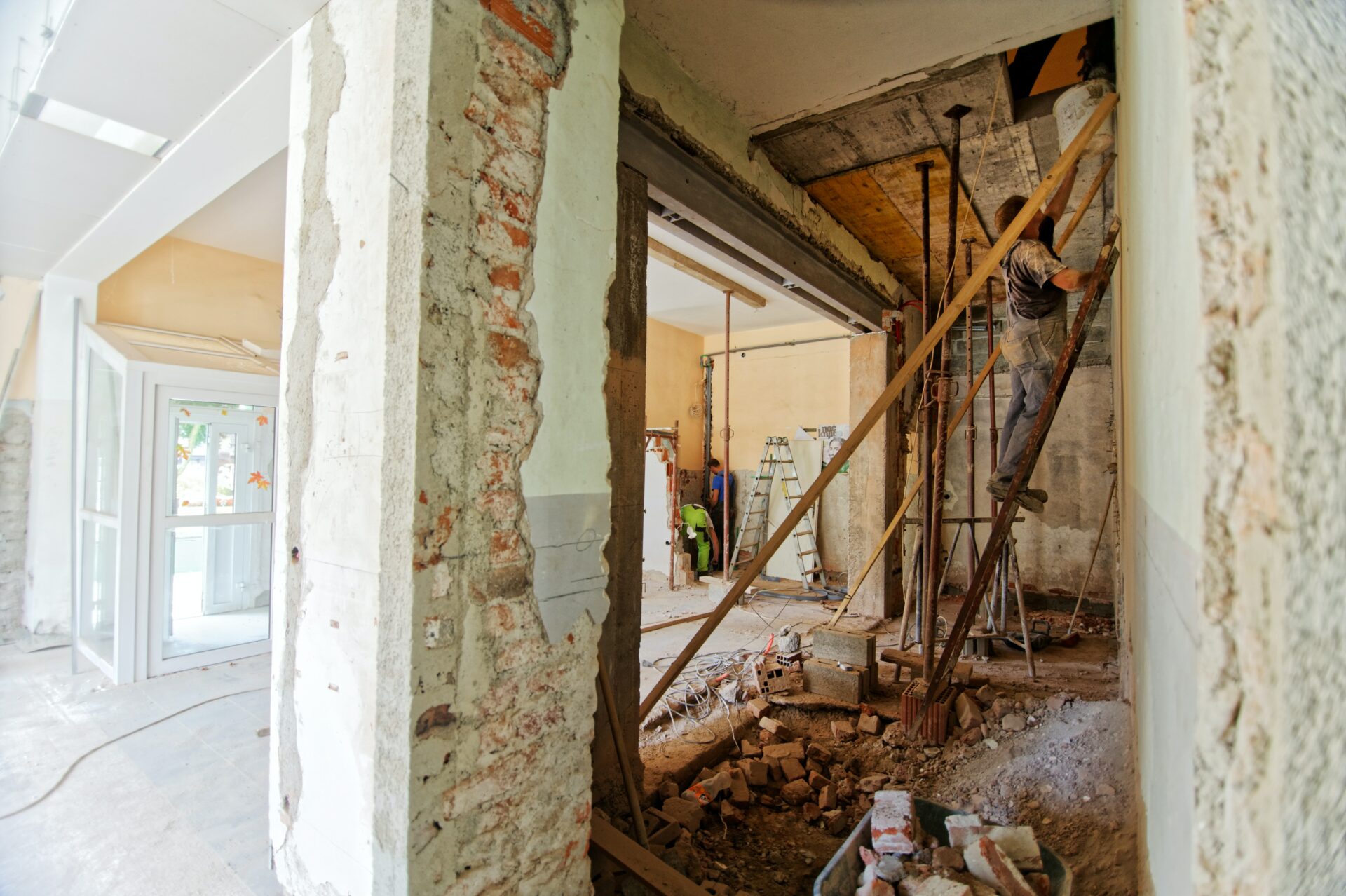
14 September 2023
An Overview Of Dilapidations In The UK
Posted on September 14, 2023 by edenlondon. Last Updated on September 14, 2023
The word ‘dilapidations’ may conjure up images of buildings crumbling into dust, their rooftops caved in and their windows smashed or boarded up. However, when it comes to property law, the term takes on a slightly different meaning. And that meaning carries great significance to landlords and tenants, particularly those of commercial property. To help clear matters up, we cover the following in this post:
- What’s the meaning of dilapidations?
- What’s a schedule of dilapidations?
- What’s the dilapidations protocol?
- Why are dilapidations important?
- Help with dilapidations work
Let’s get started.
What’s the meaning of dilapidations?
At the end of a lease, tenants are obliged to return the property to the landlord in the same condition as when they began the lease. This is often worded in commercial leases as the tenant will keep the property in ‘good and substantial repair’ during the term of the lease. But what if they fail to do so?
Defects, disrepair, and damage are all signs of dilapidations. As are cosmetic alterations. The landlord can issue a notice to the tenant instructing them to either fix these issues or to pay for them to be fixed so that the property can be returned to its former condition. Works comprise the removal of fixtures and fittings that the tenant installed, and reinstating the property to a Cat A Fit Out status. This notice is referred to as a ‘schedule of dilapidations’.

Photo of an abandoned factory in Wellingborough by Jonathan Mabey on Unsplash.
Schedule of Dilapidations
A landlord can issue a schedule of dilapidations any time during the lease, though they tend to do so towards the end of a lease, or after it has ended. It typically includes the following:
- Relevant clauses from the lease that outline the tenant’s repairing obligations to return the property to the landlord in its original condition
- A list of repairs and works to be done
- An estimate of the costs
Tenants may be surprised to find themselves issued a schedule of dilapidations, especially if they feel they have sufficiently taken care of the property. It can also be an unpleasant shock if the cost of the reinstatement repairs is significant. They are, however, entitled to contest the notice.
Dilapidations Protocol
If tenants and landlords are in disagreement over a dilapidations claim, then they will likely need to rely on legal advice or expert guidance to navigate the legal landscape and arrive at a mutually agreeable settlement. To help, the Ministry of Justice has put together a ‘Pre-Action Protocol for Claims for Damages in Relation to the Physical State of Commercial Property at Termination of a Tenancy’ – also known as a Dilapidations Protocol.
The purpose of the protocol is threefold:
- To encourage an early and open exchange of information about the dispute
- To provide both parties with enough information and guidance to enable them to avoid litigation by agreeing to a settlement
- To support the management of legal proceedings where litigation cannot be avoided
According to the protocol, landlords are advised to make a claim within 56 days from the end of the lease. The protocol also provides detailed information on how both parties should conduct themselves, the process and timeline for the claim, and the expected content and quality of a schedule of dilapidations.
Why are dilapidations important?
Put simply, dilapidations are important as they carry significant costs and can significantly affect the use of a property. Landlords will want to make sure their property is returned to them in the same condition when first leased to protect the value of the property and to enable them to find new occupiers or a buyer. And for tenants, conducting regular maintenance and resolving any potential dilapidations issues can help save on time and costs in the long run.
Dilapidations Work
Dilapidations can be complex, time-consuming, and costly to deal with. Which is why it’s so important you know your obligations as landlord or tenant and stay on top of property maintenance. Doing so can help you avoid any major disputes and refurbishments. If, however, you are currently looking to restore a property to its pre-lease condition, you should seek the help of dilapidations specialists.
As a principal contractor with years of experience working across a range of sectors, we have the know-how to restore property with quick turnaround times. Whether you’re a tenant or a landlord, we’ll work with you to ensure all the required repair work is completed on time and on budget – that’s our promise.
Eden have been incredible from start to finish. They have been entirely transparent on costs, assisted with design and worked extremely hard to meet my tight deadline. I couldn’t recommend them enough and look forward to working with them again on future projects.
- Mark Jeffries, Head Teacher at Wetheringsett Manor School
View our case studies or get in touch to learn more about what we can do to help you with your dilapidations work.
